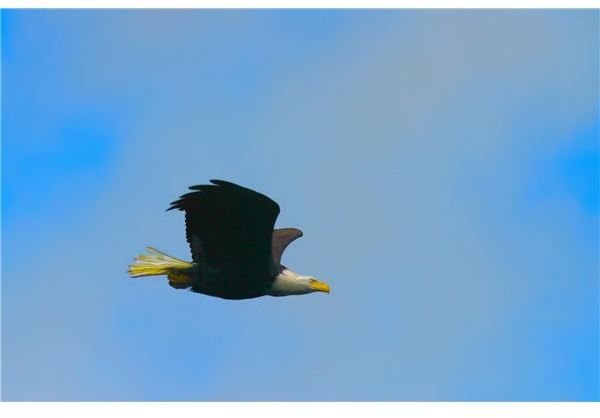Myth Lesson Plans for Elementary Students
Teaching Elementary Students About Myths
Through stories, teaching traits and modeling, myths will come alive. In this lesson plan, students will learn about the characteristics of myths. Next, they will read several examples of myths and look for the traits. Finally, they will write their own myth.
Objective
Students will be able to identify a myth, define the word myth, and write a myth.
What is a Myth?
According to the Merrium Webster Dictionary, a myth is:
1. a**:** a usually traditional story of ostensibly historical events that serves to unfold part of the world view of a people or explain a practice, belief, or natural phenomenon
2. a : a popular belief or tradition that has grown up around something or someone; especially : one embodying the ideals and institutions of a society or segment of society
Simply explained, a myth is a story that tries to explain the existence of a natural phenomenon. For instance, a myth might try to explain how fire or rain was made. Often times, myths are closely tied to a certain culture. Some examples of myth titles may be How the Moon Got in the Sky and Why the Lion Has a Mane.
Example of a Myth
**
How the Eagle Made Rain
A long time ago, eagles were the most beautiful bird in the sky. They had snowy white heads, silky black feathers, golden eyes and majestic wings. They ruled all above the horizon. The ravens, pigeons and common birds all flew lower than the eagles.
Then, one day, the eagles noticed something colorful in the sky. Its feathers were a rainbow of blue, red, yellow and green. The head eagle saw this gorgeous bird and immediately became jealous. He flew over to the bird.
“Who are you and what are you doing here?”
The colorful bird replied, “I’m a painted bunting. I have flown a long way to find a new home.”
“Our skies are too full. You must go back to where you came,” the eagle quickly returned.
Before the conversation could continue, a raven flew into a tree trunk.
“Oh, are you all right?” the painted bird asked.
“Yes, I was so taken back by your beauty that I ran into that tree.”
Soon, the news had spread of the new pretty bird. The eagles didn’t want anyone more beautiful to be flying near them. Thus, they called a meeting with all the other birds: the eagles, the ravens, the sparrows and pigeons.
The head eagle said, “We have decided that the painted bird must leave.”
One raven piped up, “But I like the painted bird.”
Sparrow said, “Yes, she is nice and beautiful.”
Eventually, all the other birds decided that the painted bird should rule the sky and fly the highest. The eagles didn’t like this and flew off to a nearby tree. There they all began to weep. They cried for days and days. Their tears fell into the clouds and made what was called rain. Now, whenever the eagles become sad, rain falls onto the earth.
Traits of Myths
It is important for students to understand what characteristics make up a myth. Here are five simple traits:
1. Explains a natural process
2. Title often begins with How or Why
3. Animals or mythical creatures are often characters
4. May seem fantastical or unrealistic
5. Events may be supernatural or involve Greek Gods
Reading Examples of Myths
It is important for students to read quite a few examples of myths. Find examples of myths and read them orally. After reading each myth, chart the traits of the myths together with students. For instance, decide what natural process was explained or how something came to be through the story. Write down the characters and events that appear fantastical, unrealistic or supernatural.
Writing a Myth
After reading examples of myths and becoming aware of the makeup of a myth, students may write myths. First, students need to brainstorm what natural phenomenon will be explained. Then, they need to pick their characters and write down the main events. The end of the story should focus on how something came to be. After brainstorming, students should write their myths. Stories should be short and no longer than 400 words or about a page.
Lesson Extensions
Students can turn stories into reader’s theater scripts and perform them. Another idea is for students to exchange stories and find out what natural process is being explained. A final lesson may be to compare and contrast myths from different cultures. These lessons can be used as an introduction to Greek Mythology.
Summary
This lesson plan is a great way to teach kids a new type of writing genre. It is also helpful to help students distinguish between similar types of stories like legends and fairy tales.
Sources:
Scholastic: Myths, Folktales and Fairy Tales: https://teacher.scholastic.com/writewit/mff/myths_mymyth.htm
Dictionary Definition: https://www.merriam-webster.com/dictionary/myth
